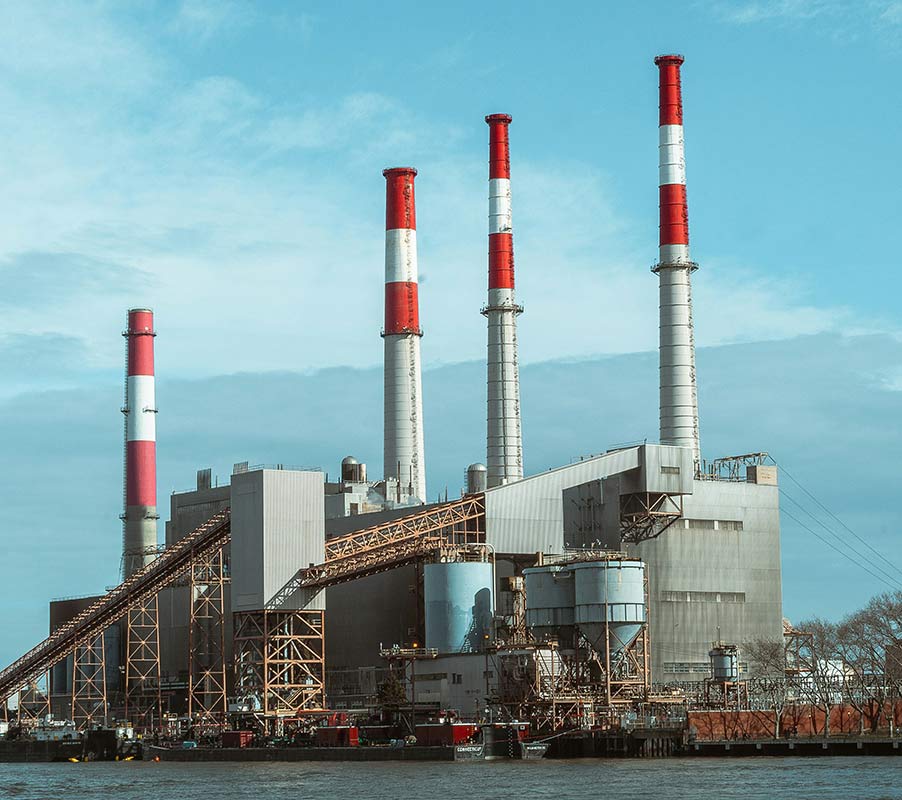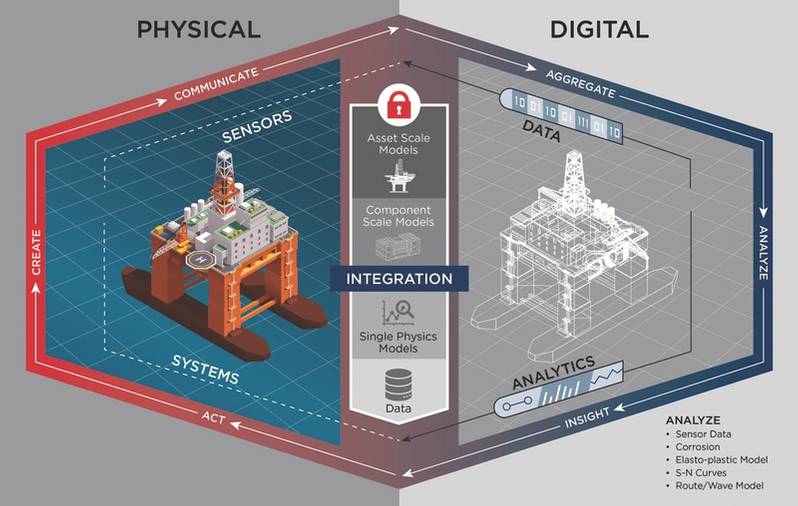
Excellence in the manufacturing process
Industrial automation has been transforming the oil and gas sector for decades, but the future promises even more significant changes. As the industry faces challenges such as fluctuating demand, workforce shortages, environmental concerns, and the push for sustainability, automation technologies are becoming essential.

Digital Twins and Real-Time Data Analytics
One of the most revolutionary tools in oil and gas is the digital twin. By creating a virtual replica of physical assets—such as refineries, pipelines, or offshore rigs—companies can simulate operations, test scenarios, and predict failures without putting real assets at risk.
When combined with real-time data from IoT devices, digital twins allow operators to:
Optimize production efficiency.
Reduce downtime through early fault detection.
Enhance safety by simulating accident scenarios.
Artificial Intelligence (AI) and Machine Learning (ML)
AI and ML are driving smarter decision-making. Predictive analytics helps anticipate equipment malfunctions, while machine learning models optimize drilling operations and reservoir management. For example, AI can analyze seismic data to identify drilling opportunities with greater accuracy, cutting exploration costs significantly.
Furthermore, AI enhances cybersecurity—a growing concern as more operations shift online. Intelligent algorithms can detect anomalies in data traffic to prevent potential cyberattacks.
Robotics, Drones, and Remote Operations
Robots and drones are rapidly replacing humans in high-risk tasks such as inspecting offshore platforms, monitoring pipelines, or performing underwater maintenance. Equipped with cameras and sensors, drones provide instant data without exposing workers to hazardous conditions.
Meanwhile, remote operation centers (ROCs) enable engineers to manage multiple facilities across different regions from a single secure location. This not only increases safety but also helps address the industry's talent shortage by centralizing expertise.
SCADA, PLC, and Next-Gen Control Systems
Supervisory Control and Data Acquisition (SCADA) systems have been at the heart of automation for decades. However, the future involves integrating SCADA with AI-powered PLCs and Distributed Control Systems (DCS).
The next generation of control systems will be:
– Interconnected – seamless communication across entire value chains.
– Intelligent – capable of self-adjustment and optimization.
– Secure – with enhanced protection against cyberthreats.
These systems will empower operators to maintain tighter control over critical assets with less manual intervention.
Sustainability and Energy Transition
As oil and gas companies face pressure to decarbonize, automation is becoming a critical enabler of sustainability goals. Automated systems reduce energy waste, monitor emissions, and integrate renewable sources into operations.
For example:
- Automated flaring control systems minimize harmful emissions.
- Smart energy management systems optimize fuel consumption in refineries.
- Hybrid automation solutions integrate solar and wind energy into oilfield operations.
Workforce Transformation
The future workforce in oil and gas will be different. Engineers will need expertise not only in mechanical systems but also in data science, cybersecurity, and automation engineering. Training programs and partnerships with technology providers will be crucial to upskilling employees for this digital era.
Conclusion
The future of industrial automation in oil and gas is about creating smarter, safer, and greener operations. From AI-driven predictive maintenance to robotics and digital twins, the industry is entering an era where efficiency and sustainability go hand in hand.
Companies that invest in automation today will not only lower costs and improve safety but also gain a competitive edge in the energy transition. Ultimately, automation is the key to ensuring that oil and gas remain relevant in a rapidly changing global energy landscape.



